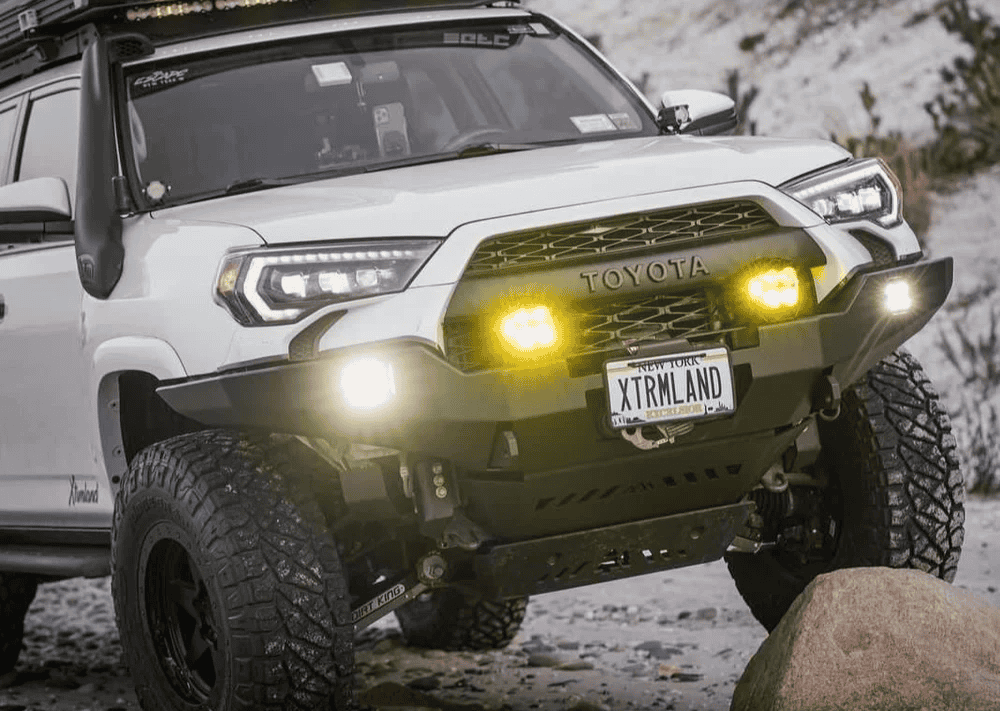Overland Vehicles

A fishing overland camper bridges the gap between a capable trail vehicle and a practical camp that supports long days on the water. The objective is simple: reach more water with less hassle and stay effective once you get there. That means controlling moisture, organizing gear, and managing energy so you can fish instead of constantly resetting camp.
Start with the approach. Tire choice, traction aids, and a sensible suspension define how confidently you reach unimproved launches and creek crossings. Aim for balanced ride height rather than extremes, because stability preserves gear and keeps you fresh after rough miles. Pair this with recovery basics and a plan for safe turning radiuses around trees and rocks.
Inside the living space, prioritize a fast transition from drive mode to fish mode. You should be able to grab waders, rig rods, and prep bait without shuffling bins. Clear zones for wet items and clean items keep the day tidy and reduce mildew. A small awning can create a shaded, dry rigging bay that doubles as a cooking shelter during afternoon storms.
Remote water often demands tight maneuvers and soft surfaces. A limited slip or locker, good approach angles, and a compact footprint help you slip into unimproved pull offs without drama. Pack traction boards and a compact shovel near the rear for quick deployment. A simple spotter’s flashlight and reflective cones provide guidance when backing toward a dark shoreline.
Storage drives success for an angling focused setup. Rods travel best in rigid tubes or enclosed cabinets that lock, ventilate, and protect guides. Keep a dedicated bench or fold away table at waist height for tying and re rigging. Tackle should live in shallow drawers with dividers so you can see everything at a glance without dumping a crate on the ground.
Cold chain is next. If you carry bait or want to bring home a harvest where legal, consider dual zone refrigeration to separate food from bait and fish. Add a drain friendly cooler for brine or ice slurries to control odor. Power consumption matters, so pick efficient compressors and size your battery bank and solar with cloudy days in mind. A smart battery monitor helps you avoid surprises.
Water matters more than you think. Rinse stations limit corrosion on reels and clear mud before it reaches the cabin. A 12 volt pump with quick connect hoses makes cleanup repeatable. Drying space for waders and boots reduces funk and prolongs gear life. In colder months, controlled ventilation and a small safe heat source help push moisture out before it freezes.
Plan the footprint like a small skiff. Heavy items low and centered, rods and nets protected but reachable, and a dedicated rigging surface at the rear doors. Use marine style latches to keep drawers closed on washboard roads, and line compartments with mesh or slotted panels so wet gear can breathe overnight.
Storms roll in quickly at high lakes and open flats. Aim for layered insulation, blackout window coverings, and a ventilation strategy that fights condensation without sacrificing warmth. A compact diesel or electric heater extends your season, while screened airflow keeps bugs at bay during summer evenings. Reliable lighting on dimmers protects night vision and respects quiet camps.
Navigation and communication are nonnegotiable outside cell range. Pair offline maps with a satellite communicator, then share your route with a trusted contact. Keep a first aid kit sized for hooks and blades, not just scrapes. Respect local regulations on harvest and access, and practice clean transport for invasive species control. Leave every pull out better than you found it.
Offline topo layers help you trace creek gradients and identify likely holding water from camp. Save waypoints for safe turnarounds and water access points. A satellite messenger provides weather updates and emergency contact when the forecast turns or a crossing becomes unsafe.
If your checklist reads like this, you are already thinking in the right direction. The payoff is a quiet morning on a glassy backwater with everything in its place and no last minute scrambles. That is what a dialed fishing overland camper should deliver trip after trip.
When you are ready to transform a concept into a dependable rig, explore our Overland rigs to see how a focused platform supports real backcountry travel. For tailored layouts that protect rods, manage cold chain, and prioritize safe access, review our Custom overland upfit process. Curious about the team and philosophy behind every handoff at Adventure Point in Northwest Arkansas? Learn more at Why choose OZK.
You know the waters you want to reach and the species you chase. Share your must haves and the conditions you face, and we will map a build that gets you there, keeps you comfortable, and brings you home with fewer compromises. Your next personal best might be one road beyond where you can go today.
Ready to turn this plan into a trusted rig built for real fishing miles? Tell us how you travel, what you target, and how long you stay off grid. OZK Customs will design and build a fishing forward overland camper with protected rod storage, secure cold chain, efficient power, and the ride quality to reach the water. Share your trip goals and get your tailored build plan started.
ADDRESS:
6159 E Huntsville Rd, Fayetteville, AR 72701
PHONE:
(479) 326-9200
EMAIL:
info@ozkvans.com